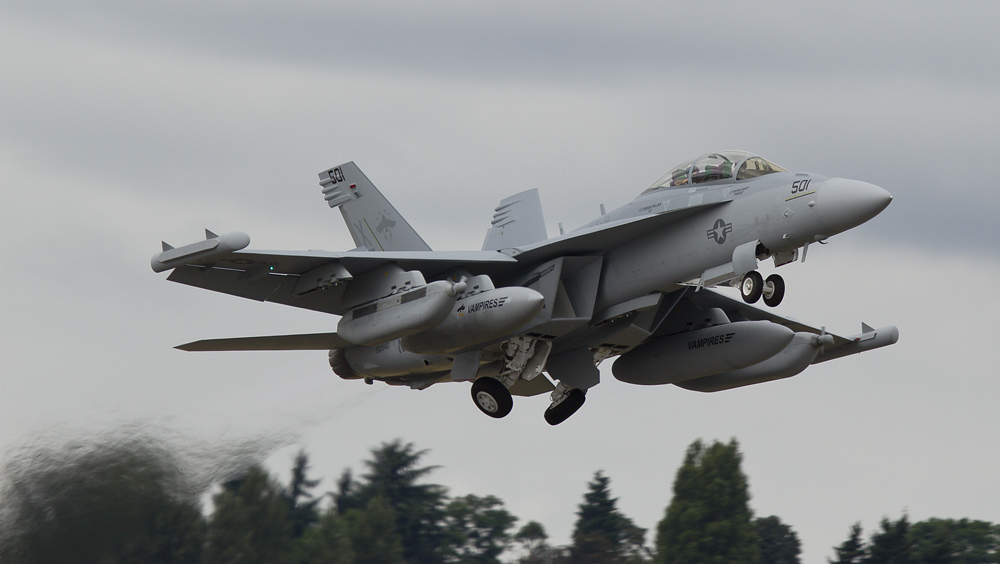Top U.S. weapons maker Lockheed Martin Corp is studying whether to shift work on its multibillion-dollar F-35 fighter jet away from Canadian firms amid uncertainty over Ottawa’s plans to buy the jet.
Jack Crisler, Lockheed’s vice president of business development for the F-35 program, told Reuters Lockheed was under pressure from other partner countries that had placed firm orders or accelerated orders to shift more work to them.
| In this July 7, 2006, file photo, the Lockheed Martin F-35 Joint Strike Fighter is shown after it was unveiled in a ceremony in Fort Worth, Texas. (Matthew Otero/THE ASSOCIATED PRESS) |
Canadian firms will account for development and production work on the F-35 program worth about $1 billion by the end of 2016, Crisler said.
But future work could be in jeopardy if Canada decides to skip a competition and order F/A-18E/F fighter jets built by rival Boeing Co, as indicated by recent Canadian media reports, he said.
A spokeswoman for Canada’s defense ministry said the reports were not accurate, but gave no further information.
Crisler said Lockheed had been unable to secure a meeting with the Canadian government to discuss the issue.
He said F-35 supply chain contracts were competitively awarded in rough proportion to the purchase plans of the nine original partner countries that helped fund development of the radar-evading jet: the United States, Britain, Canada, Turkey, Italy, Norway, the Netherlands, Australia and Denmark.
Canada’s ruling Liberals won an election last October on a promise not to buy F-35s because the planes were too expensive. Prime Minister Justin Trudeau told the House of Commons the opposition Conservatives had “clung to a plane that does not work and is far from being able to work.”
Joe DellaVedova, a spokesman for the Pentagon’s F-35 office, said Canada remained a partner in the $379 billion program, and U.S. officials continued to provide the Canadian government information about the jets as they decided how to proceed.
More than 180 of the new jets are now flying, including an initial squadron of U.S. Marine Corps F-35 jets that were declared ready for combat a year ago, he said.
Crisler said if Canada held an open competition, Lockheed would retain contracts with Canadian firms, but it would need to rethink if Ottawa opted for a sole-source deal with Boeing.
“We are evaluating all that now,” he said. “The most important thing is that we’ve got to protect the enterprise as we get ready to ramp up production.”
However, in a note to clients on Friday, Macquarie analyst Konark Gupta questioned Lockheed’s rhetoric, noting that the company recently awarded long-term F-35 contracts to another Canadian supplier.
“(This) suggests to us that Lockheed could simply be threatening Canada to win an F-35 order,” Gupta wrote.
Sixty Canadian firms had worked on the F-35 development program, and 70 others are now involved in production of the jets, including Magellan Aerospace, Crisler said.
Canadian firms involved urged Ottawa on Thursday to hold a fair and open competition to replace its aging fleet of CF-18 fighter jets. Their supply contracts, they wrote in the joint statement, were contingent on Canada buying the F-35.
“Not selecting the F-35 will set off a chain of events that will see hundreds of millions of investment dollars lost, and high-tech jobs leaving Canada, going to countries who are buying the F-35,” they said.



